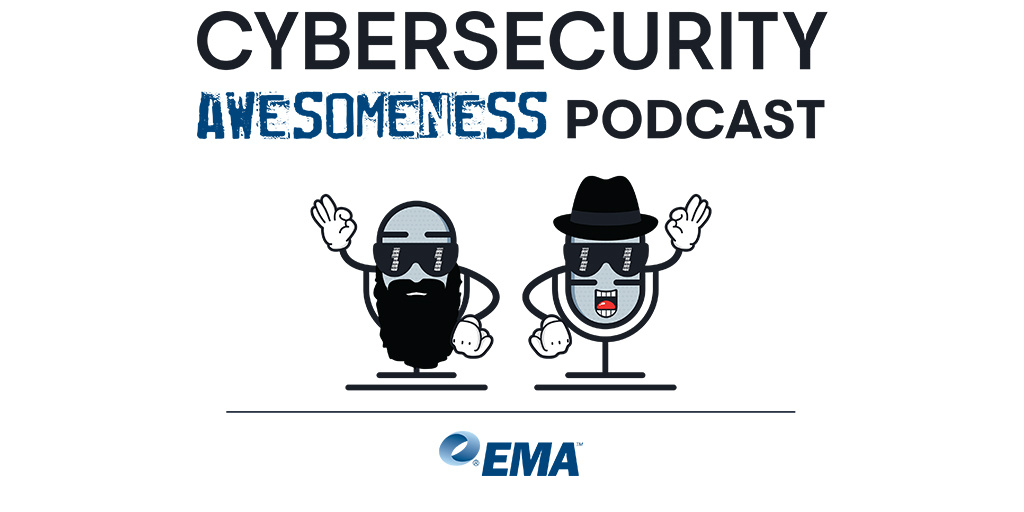The recent news brings to light a topic that is top of mind in my research and studies lately: technology resiliency.
Technology isn't just a support function or a nice-to-have – it’s the engine of your business. From your customer-facing apps to your internal operational tools, everything runs on tech. But what happens when that engine sputters, or worse, fails completely?
On October 20, 2025, Amazon Web Services (AWS) had an impactful outage in one of its key regions (the details are not yet known at the time of writing of this post). For many, it was a moment of panic. For others, it was a test of their resilient infrastructure. Services from Apple, Netflix, Zoom, and even my morning Wordle addiction (served by The New York Times) were all impacted as part of the event. While AWS resolved the issue, that event was a perfect, albeit inconvenient, case study for why tech resiliency isn't just a buzzword – it's a non-negotiable for modern business. It highlighted how even the most robust platforms can have their moments, and why you can't outsource your responsibility for uptime entirely.
What is Tech Resiliency?
At its core, technology resiliency is about designing your IT infrastructure, systems, and processes to withstand major disruptions, adapt to changing circumstances, and recover quickly without significant impact on business operations. It’s more than just having a good backup and disaster recovery plan (though those are crucial!). It's about architecting your systems from the ground up to be flexible, fault-tolerant, and self-healing. Think of it like your digital immune system – it needs to be ready to fight off all kinds of threats, from a power outage to a sophisticated cyber attack, or even just a routing error in a data center.
Modern business is defined by three things that amplify the need for a resilient tech strategy:
- Increasing Cyber Threats. Ransomware, advanced phishing, and increasingly sophisticated attacks are a constant threat. A single breach can cripple your operations and damage your reputation, sometimes beyond repair.
- Customer Expectation of "Always-On". Your customers expect seamless, uninterrupted access to your products and services. Even a few minutes of downtime can send them straight to a competitor and erode trust faster than you can say "server error."
- Digital Complexity. As companies embrace cloud, hybrid models, and interconnected services, our IT environments are becoming incredibly complex. More moving parts mean more potential points of failure. This complexity makes simple recovery models feel woefully inadequate.
A truly resilient system doesn't just reduce the time you're down; it dramatically lowers the overall impact and cost of any disruption, planned or unplanned.
Where to Start on your Resiliency Journey
Tech resiliency is a continuous and ever-changing journey, not a one-and-done project. When embarking on this journey, consider these three things:
- Identify & Prioritize Critical Workloads and Infrastructure. You can’t protect everything equally. Pinpoint your mission-critical applications and data – the systems that must run for your business to operate. Define clear recovery time objectives (how fast you need to be back up) and recovery point objectives (how much data loss you can tolerate) for these crucial assets.
- Embrace Redundancy and Automation. Don't put all your eggs in one basket. This means more than just backups; think multi-region or multi-cloud deployments so a failure in one location doesn't take you offline. Leverage automation to detect issues and seamlessly failover to a healthy system in minutes, not hours.
- Test, Test, and Test Again. A recovery plan that hasn't been tested is just a nice-sounding theory. Implement regular resilience testing. Consider "chaos engineering" in which you intentionally introduce small failures in a controlled environment to see how your systems (and teams) react. This helps you find weaknesses and build muscle memory before a real crisis hits.
The Bottom Line
Events like the AWS outage are far too common and serve as a potent reminder: even in the cloud, resilience is ultimately your responsibility. It's no longer a luxury; it’s a fundamental necessity for survival and competitive advantage. When you proactively build adaptability and recovery into your core systems, you ensure that when the inevitable disruption comes, you don't just break – you bounce back stronger.




